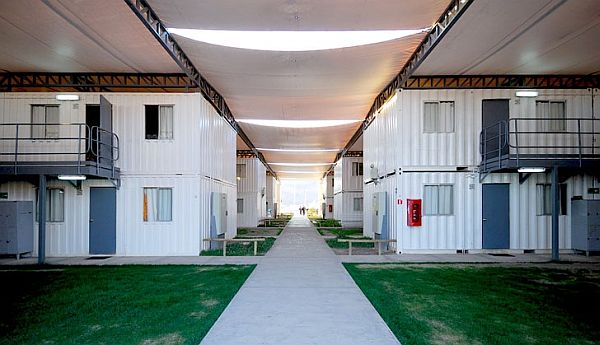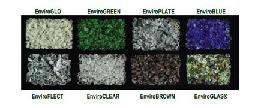
October last year, attention of the entire world was focused on the South American Republic of Chile, which witnessed the miraculous escape of 33 miners, after being trapped in the mines for 69 days. The Chilean miners are in the news once again. This time it is not for their formidable strength of character, but for brilliant accommodations that are designed for them in Atacama desert, the mining zone of the country. These shelters reflect great novelty and ingenuity of the architects who have constructed them with biodegradable materials like canvas and shipping containers.
Atacama desert, which lies in the northern part of the country, is definitely not suitable for human habitation. Coupled with its scorching heat and inclement weather condition, architects face the challenge of identifying a reliable source of energy. Yet another hurdle for the AATA architects was financial constraint. The solution to all these problems could be found in constructing accommodations with cost effective and easily available materials like shipping containers and canvas. They offer a highly sustainable alternative to all other materials that can be used for this purpose. Another great attribute of these materials is their ability to support greenery even in a desert.
The shelters for the Chilean miners are constructed by joining the containers to form a pod or enclosure. Each pod consists of six containers. These pods are constructed in such a way that the miners can use five containers for sleeping and one as their restroom. Height of these accommodations is gained by stacking two units together. These units are connected to one another in such a way that the formation looks like the English letter ‘C’. This arrangement is ideal for allowing natural light in and keeping heat away. This entire arrangement contains 16 pods, which can accommodate 320 individuals in them.
Once the containers are installed, they are draped with giant canvas. The canvas acts as the roof for the entire setup. This roof offers great respite from the harsh wind and scorching heat of summer that is quite unbearable in a desert. The canvas plays a pivotal role in creating a micro climatic zone, which is less brutal than the atmosphere outside. Besides, it is instrumental in providing a moderate environment by allowing cross ventilation. Canvas roof keeps the shelter warm and comfortable by preventing the radiation of heat at night and offer great comfort to the residents.
The materials used in this project are found ideal for constructing eco friendly shelters in a desert 1,500 meters above sea level.
Via: Inhabitat




